
In this essay British architect and academic Dr. Timothy Brittain-Catlin presents the work of Space Popular, an emerging practice exploring the meaning of and methods behind deploying virtual reality techniques in the architectural design process.
If you want to make the best of your experience on our site, sign-up.

If you want to make the best of your experience on our site, sign-up.


In this essay British architect and academic Dr. Timothy Brittain-Catlin presents the work of Space Popular, an emerging practice exploring the meaning of and methods behind deploying virtual reality techniques in the architectural design process.
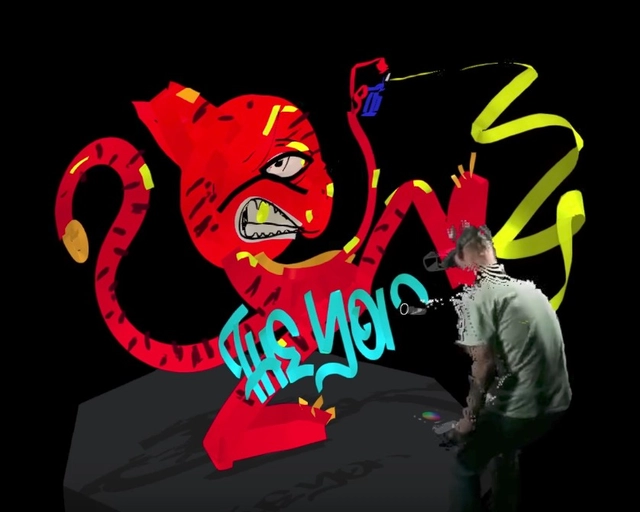
Google has launched 'Tilt Brush', a powerful tool for designers available for Oculus and HTC Vive that allows artists to create 3D objects while fully embedded in Virtual Reality (VR).

This article was originally published by Brantley Agency as "Must Have Technology for Architects in 2017."

This article was originally published by Aurodesk's Redshift publication as "Norwegian Rail Project Adopts Immersive Design for Public Engagement and Buy-in."
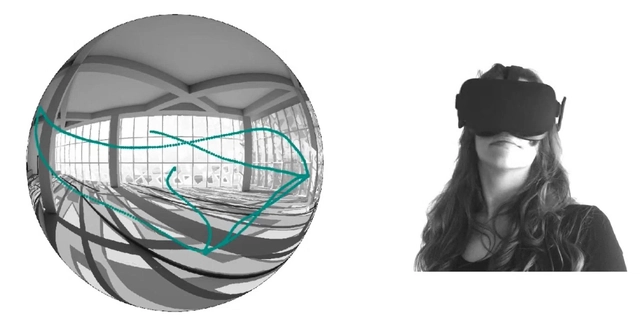
“How shall we hew the sun / Split it and make blocks / To build a ruddy palace?” wondered Wallace Stevens in his 1918 poem Architecture for the Adoration of Beauty. Inspired by the verse, in his essay The Room, the Street and Human Agreement, Louis Kahn paraphrased “What slice of the sun enters your room?” The great architect also spent his entire career experimenting with those dual protagonists: light and shadow. Kahn’s obsession with light, and in particular the architectural control of it, influenced countless architects, including Peter Zumthor and Tadao Ando.
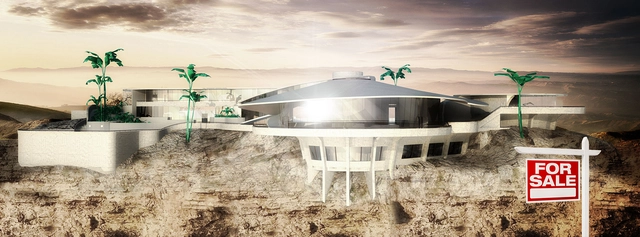
What might the futuristic home of Tony Stark (AKA Iron Man) look like in our more mundane world? In this fun exercise, Archilogic imagines a for-sale version the Malibu mansion. Explore it for yourself in the 3D model!
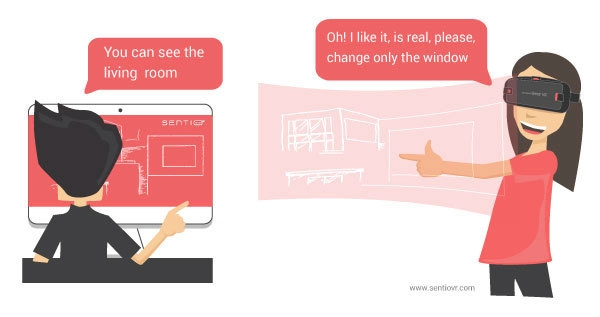
Undoubtedly, Virtual Reality has come to stay while offering very high contributions to Architecture and Design. The possibilities offered by allowing architects, collaborators, and customers to experiment within a virtual environment, is a design tool that allows better decision making.
While VR allows the viewer to experience what it is like to be inside an environment, the 360 rendering processes the idea mimicking it to real life experiences as much as possible, trying to match specifically what the eye sees.

This article was originally published by Archipreneur.
Virtual reality and augmented reality tools for the AEC industry are getting increasingly better and more optimized. As prices keep dropping, there are fewer reasons why every architect, engineer, contractor, and owner shouldn’t use some form of VR/AR in bringing their projects to life.
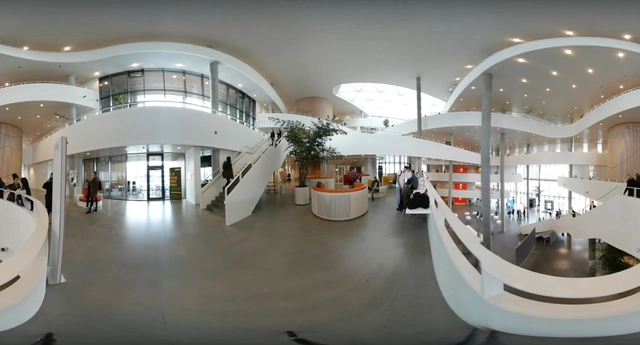
Currently, virtual reality and 360-degree video are somewhat niche tools, but they are rapidly gaining in popularity. These immersive technologies give architects a means to better decipher a client’s expectations—everything from a building’s natural lighting to the choice of tile backsplash can be actively assessed at any point in the design and construction process. This transformative technology has already been fully incorporated into some practices. ArchDaily interviewed Henning Larsen’s Chief Engineer of Sustainability Jakob Strømann-Andersen to better understand the current and future applications of virtual immersion in architecture.

Elevator rides may offer an uplifting experience in the literal sense, but while they are indispensable in modern buildings, users face extremely compact spaces which are designed to fit effectively into buildings. Awkward looks at the floor or past other people’s faces reveal our discomfort with the elevator’s crowded anonymity. Couldn’t a more spatial experience lead to a more exciting journey? Flat screens and projections are starting to be included in elevators, but these are just the beginning of a revolution in the atmospheres created during vertical transportation.

As we know, architects are inveterate travelers. They like to see, understand, and capture the details of their favorite works. For this reason, at ArchDaily we believe that every architect should carry a 360-degree camera with them to capture and share their experiences across the world. Below are five reasons why.

At ArchDaily, we work diligently to bring you the most useful insights and best stories about architecture from around the world. Virtual Reality is quickly developing into an unprecedented tool for architects to share their designs in unparalleled ways—enhancing architects' ability to communicate spatial ideas to clients and enabling more informed decision-making. To build on our coverage of successful case studies of virtual reality in architecture, we have partnered with SentioVR to create the ArchDaily 360 experience—an in-app feature that transports you to a collection of architectural sites that can be viewed in 360 degrees using Samsung's Gear VR platform.
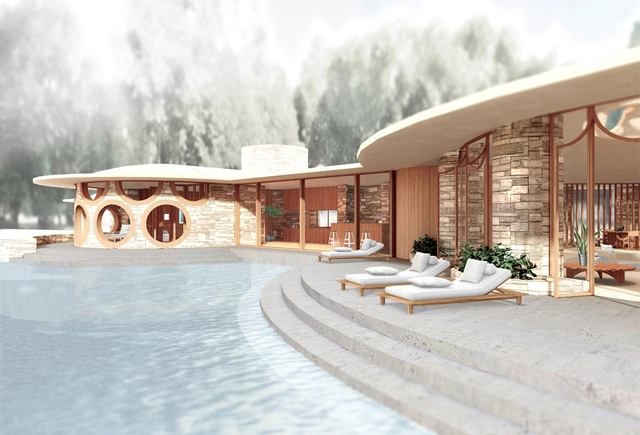
Some unbuilt designs—the hopes they reveal and the reasons they stayed unbuilt—tell a powerful story. So it is with the home Frank Lloyd Wright designed for Marilyn Monroe and Arthur Miller. Or perhaps it’s what we think we know about Marilyn that makes it so poignant?
.jpg?1496851158&format=webp&width=640&height=580)
The last house designed by Frank Lloyd Wright was never built, with its plans being delivered to the client just days after Wright’s funeral. But the realization of his vision is tantalizingly possible, as those plans, and the parcel of land it was designed for, are still held by the same family—and are for sale, along with the adjoining plot and an existing Wright house.

Experience the Case Study House in virtual reality, and find out more about the features of the design, courtesy of Archilogic.

This article was originally published on Autodesk's Redshift publication as "Starbucks Japan Pursues a Local Flair Through Design in BIM and VR."
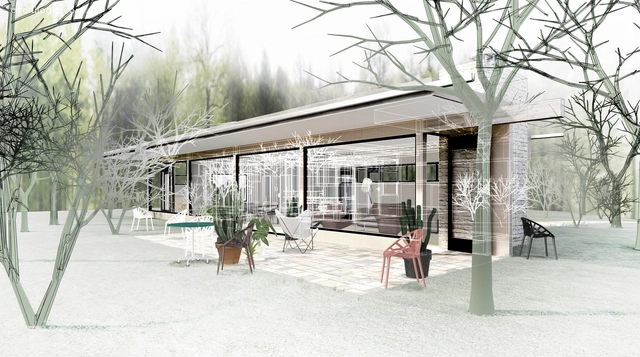
The Bailey house—one of Richard Neutra’s four Case Study designs for Arts & Architecture—forms one of five Bluff houses, standing high above the ocean. The brief was to create a low-budget home for a young family, with just two bedrooms, but offering the possibility of expansion as time went by (which did in fact transpire; additional Neutra-designed wings were later built).

In most architecture projects, the input of the end user of the space is an important consideration; but what if those users are no longer living? Memorial architecture for the dead is a uniquely emotional type of design and often reveals much about a certain culture or group of people. Especially in the case of ancient tombs, archaeologists can learn about past societies’ customs and beliefs by examining their burial spaces. The personal nature of funerary spaces and monuments conveys a sense of importance and gravity to viewers and visitors, even centuries after the memorials were created.